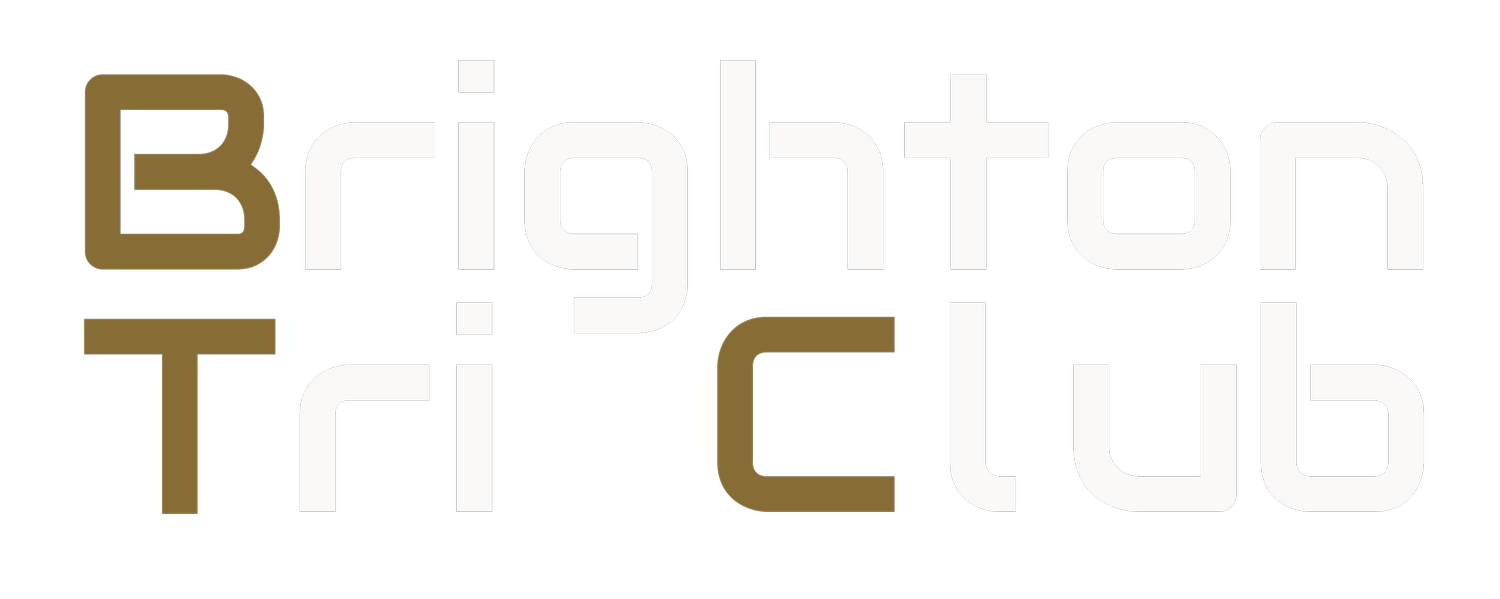Easy Like Sunday Morning: Knowing When to Go Easy
/by Ian McLaren
Easy like Sunday morning, goes the Commodores ode to the long Sunday swim/ride/run. Knowing when to go easy on training is a critical part of planning out a training program. Trying to do everything at 100% effort is just going to be better for your physio’s bank balance, rather than your long term fitness. Getting a balance in a week of doing roughly 10% hard vs. 90% easy will allow you to recover, build base endurance and efficiency, while also building speed and strength. It will also mean you avoid training in the grey area where you are too tired to go really hard, and get the maximum effect, but the session is still hard enough to be damaging.
This is a really hard juggling act for triathletes, because of the need to do hard swim, bike and run sessions. The good news is they can be complementary, and easier to combine more quality sessions than just doing a single sport, because of hitting different muscle groups and different levels of impact. The flip side is still recognising the residual fatigue and impact they all have and how that will build up during a week.
Identifying what is a hard session can also be difficult. Doing flat out sprints at the track is obvious as you will have stiff legs for days. But what about the long, easy run? Generally the impact of a session can be judged on how long will it take to recover. Will you be fresh enough the day after to train, or hobbling around for days because of DOMS (Delayed Onset Muscle Soreness)?
Looking across multiple weeks, you also need to have a mix of hard weeks and recovery or consolidation weeks. Working on a four-week cycle works well for this, having three weeks of building and then one week of recovery:
If your training is based on building up the mileage to complete an Ironman or long-distance race, then incrementally increase your weekly mileage for three weeks. On the fourth week, drop it back, taking it back as far as 75% of the third week’s volume. This allows the body to recover enough to then carry on building.
If your focus is speed not distance, every fourth week either reduce the number of high intensity sessions or reduce the intensity of the sessions.
This is also a great way to build back up after coming back from injury and hopefully avoid immediately re-injuring.
So kick back and relax a bit, you’ve earned it.

